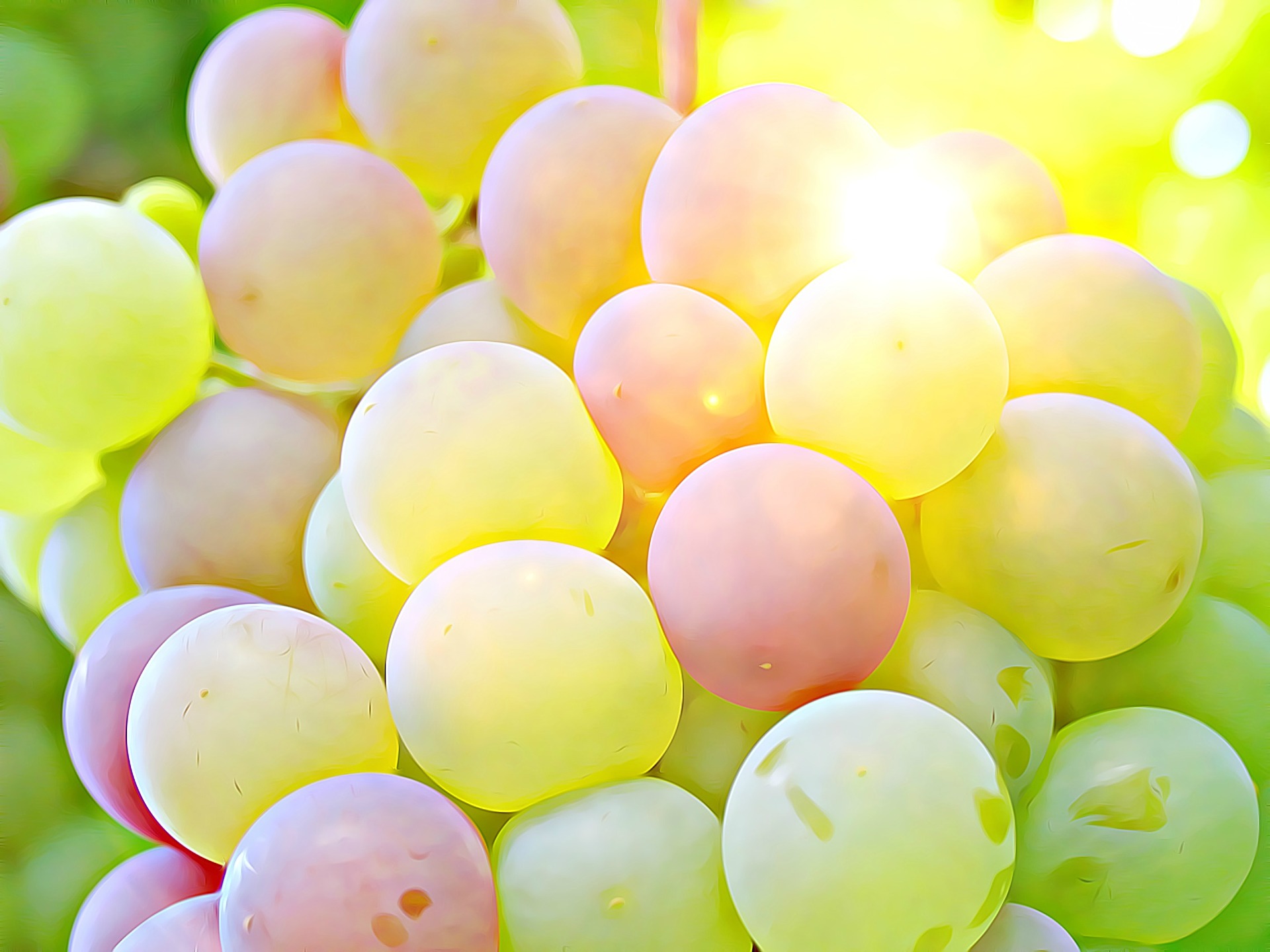White wine, like its red cousin has origins that date back centuries. While not as famous as red wine for its health benefits, whites still possess many of the same benefits if consumed in moderation.
Choosing a white wine can be just as daunting a task as choosing a red with the vast selections available today. On the other hand, it’s also a great opportunity to explore and step outside some of the more popular varieties and branch out to discover what the world of wine has to offer. This article lists some of the more popular white wines widely available and a couple of others that the beginner may not be familiar with but are worth a second look.
White wine typically has a yellowish gold color. This is due primarily to the fact that this wine is either produced from only the juice of the grape so the red skins don’t taint the color; or they are produced from grapes with yellow, green or gold skins.
White wines can be characterized as crisp, fruity, refreshing, fresh, sweet, semi-sweet, and dry. Whites are just as diverse and complex as their red counterparts. White wine can impart a wide variety of flavors. Probably one of the more familiar tastes is the oaky flavor of some Chardonnay that is aged in oak barrels. It should be noted that you may find a wine become woody when it is allowed too much time in an oak barrel. This excessive oakiness can also mask the wine’s fruity qualities and tastes. This is a classic example of too much of a good thing.
Most people know that white wine is best served chilled, 45-50 degrees F is generally considered optimum. White wine glasses will also help present the aromatics, preserve the temperature, and position the wine optimally on the palate. These glasses are generally stemmed (and should be held by that stem to prevent heat transfer), and have straight sides and a narrow opening.
Here are some of the most popular white wines available:
Chardonnay – often referred to as the queen of white wine grapes. This is a hardy, versatile grape that is now grown in many regions of the world. Chardonnay is one of the best-selling wines in the U.S. Chardonnay wines can be described as oaky (from the barrel aging), buttery, and can also develop some citrus or melon flavors. This is a great starting point for beginning wine drinkers.
Riesling – a very popular wine from Germany. The flavors range from sweet to dry and generally described as fruity with flavors of apple, pear, and peach to name a few.
Sauvignon Blanc – another popular variety generally described as light and crisp. Like its other white cousins it will develop flavors based on the region of the world where it is grown. Sauvignon Blanc is a refreshing wine that generally does not benefit from aging and is consumed as a young wine. This wine pairs easily with most light fare – considered a food friendly wine.
Pinot Grigio – one of the most popular Italian white wines. This wine is acidic, with a silky smooth taste that can be described as melon or pear or citrus flavors.
Chenin Blanc – originally from France, this is a versatile grape that produces highly acidic gold colored wines. This wine runs the gamut of dry to sweet and can produce flavors of melon, pear, apple and vanilla. Ideally it should have an almost thick feeling that coats the mouth. This is a great seafood wine.
Here are two other wines that you should experience when feeling adventurous:
Albarino – from northern Spain and Portugal. These wines are highly aromatic with fruit flavors of apple, citrus or pear. They have a good deal of acidity and pair wonderfully with stronger, spicy flavors. Goat cheese is one of my favorite pairings with Albarino.
Gewurztraminer – grown in both Germany and France. This is a highly aromatic wine with fruity flavors. This wine pairs well with both spicy and Asian dishes.
Whichever wine you choose you can’t go wrong with a chilled bottle of white wine for a summer picnic or enjoyed with cheese and fresh fruit on the deck. White wines with seafood are a classic and there are flavors and varieties to suit any palate or preference.
Michele DeZayas writes from the North Georgia mountains and is a contributing editor for wine-for-beginners.com.
Article Source: http://EzineArticles.com/6869719
